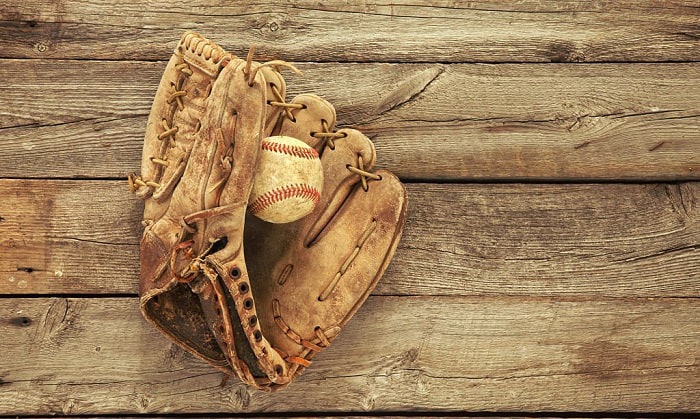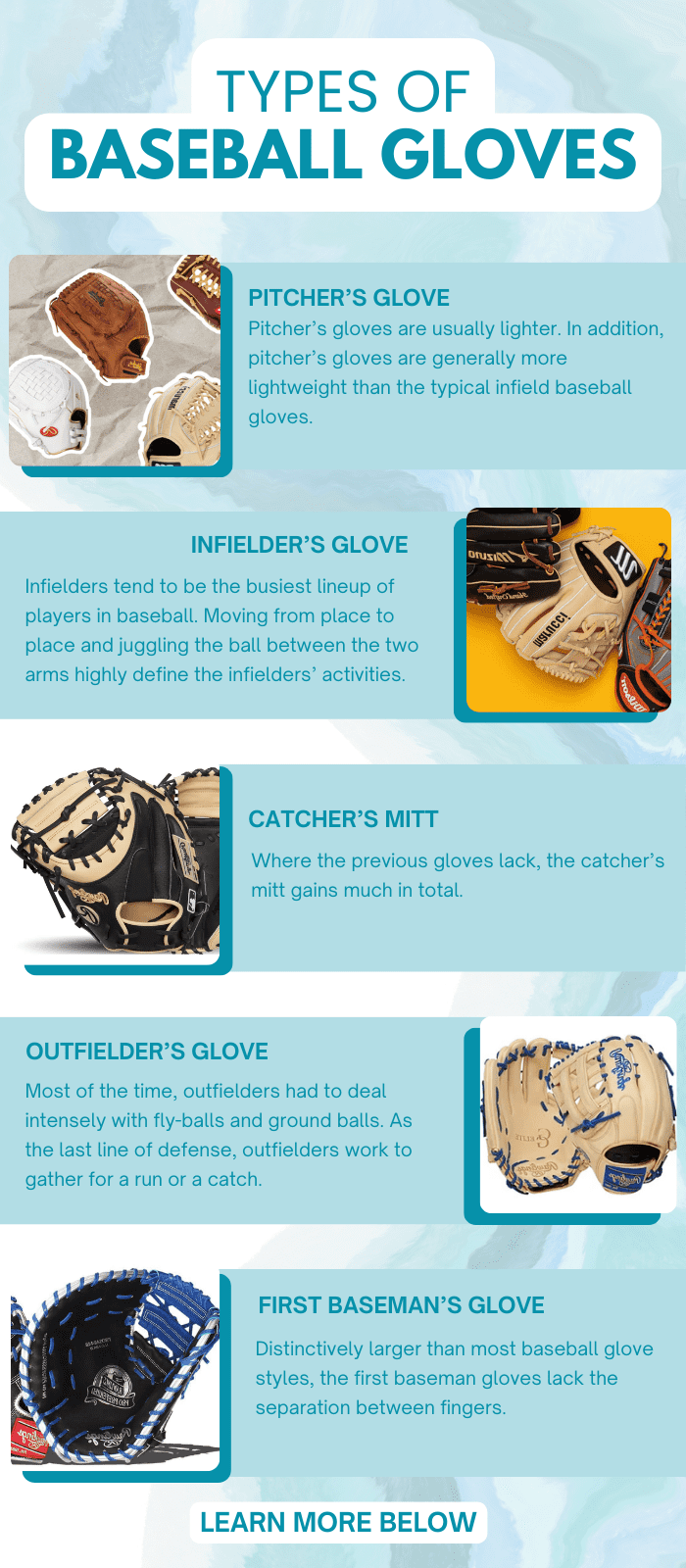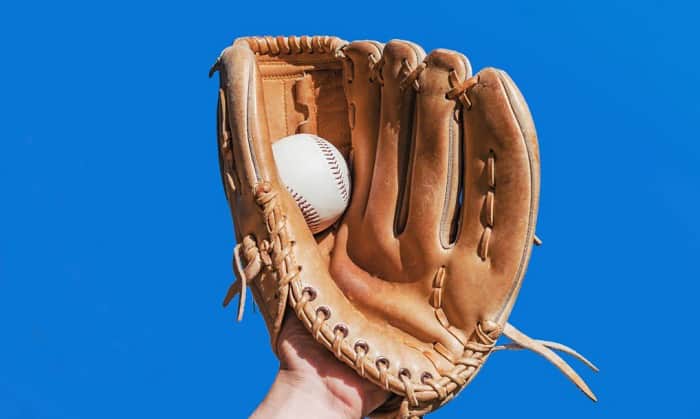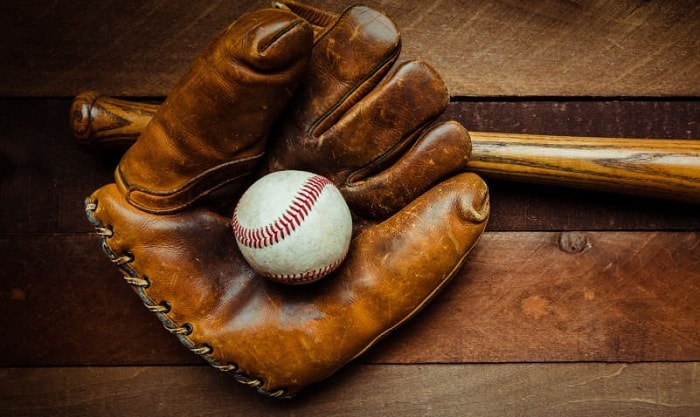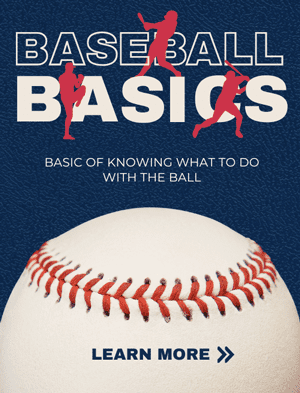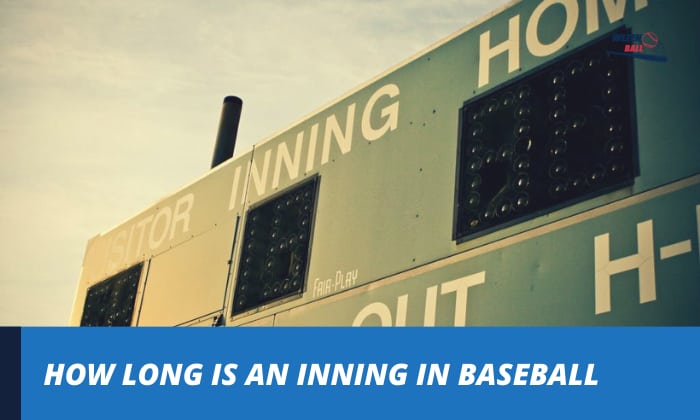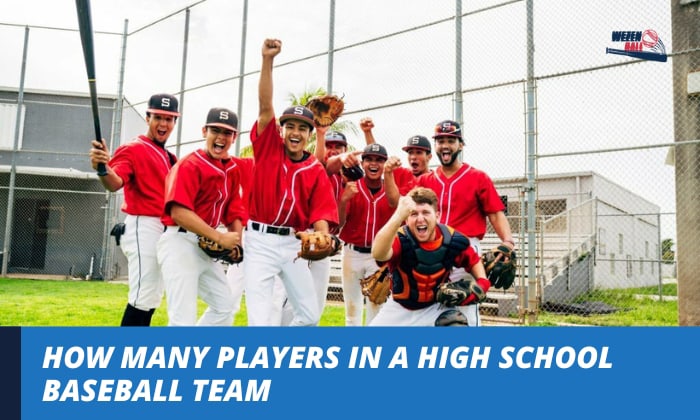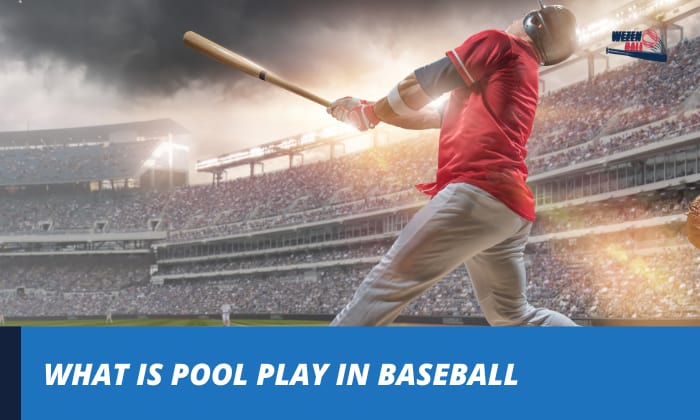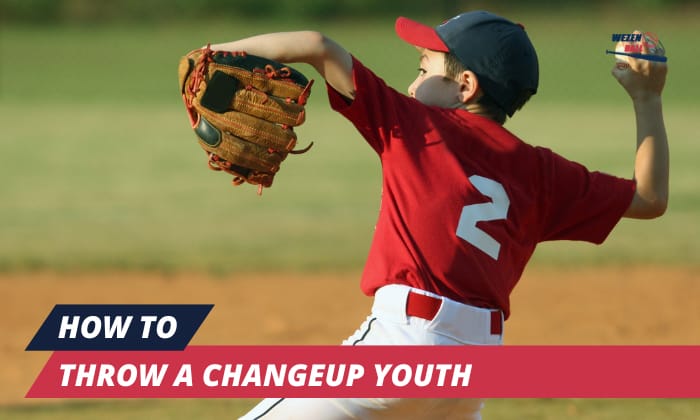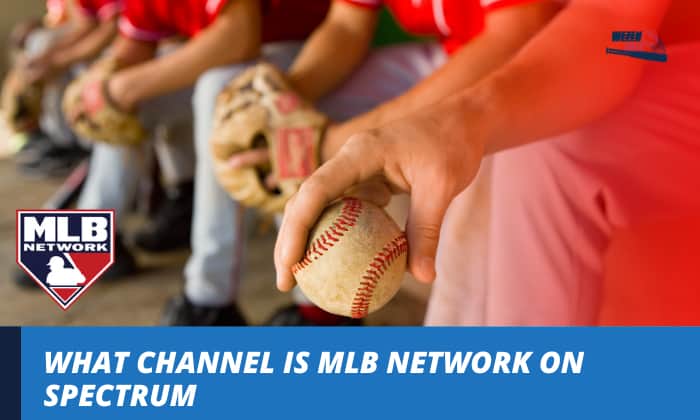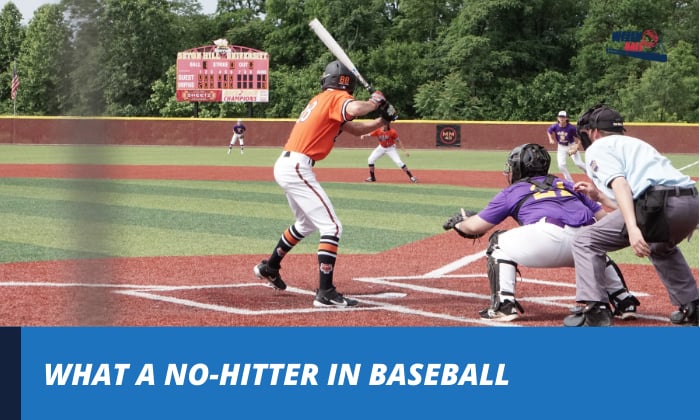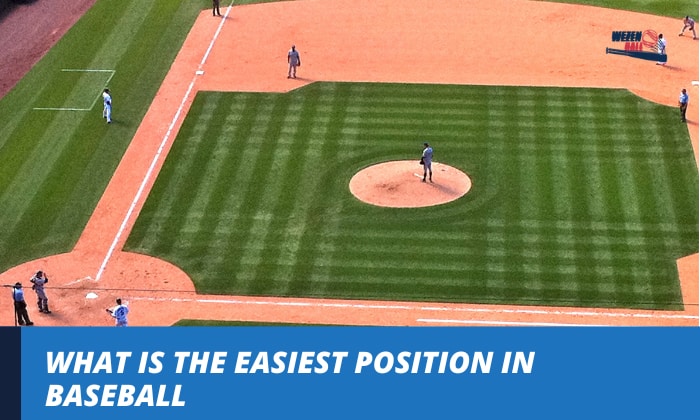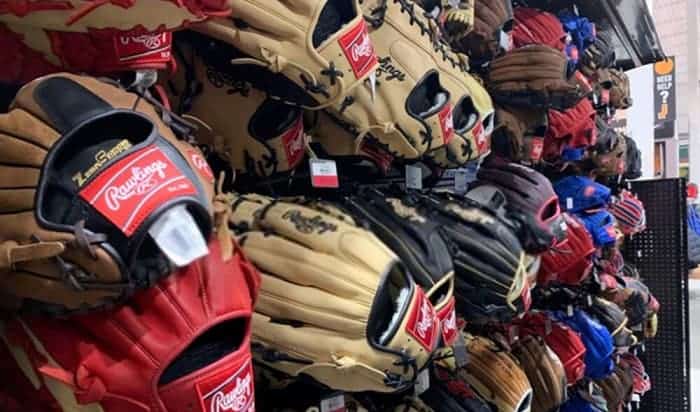Baseball gloves vary depending on the player who wears them. Players from each position wear different types of baseball gloves depending on the context and function. A batting glove, for instance, does differently from a pitcher’s glove. Their functionality and design tend to be distinct.
Baseball ranks among the few sports that feature several types of gloves. But even with such diversity, baseball gloves share a typical role: to provide protection, comfort, and support to the hand.
Read on to discover the colorful world of baseball gloves.
Contents
What Are the Different Types of Baseball Gloves
- Pitcher’s Glove
Pitcher’s gloves are usually lighter. In addition, pitcher’s gloves are generally more lightweight than the typical infield baseball gloves. In addition, these gloves feature webs for players who prefer hiding the ball’s seams upon throwing. This practice allows the pitcher to manipulate the ball’s trajectory.
A pitcher’s glove is intended to maintain a snug fit to the hand. This configuration allows it to receive balls being thrown back at the pitcher. So unlike other glove types, it does not feature much protective padding. Moreso, pitcher’s gloves come with a closed web necessary for hiding the ball and deceiving the batter.
- Infielder’s Glove
Infielders tend to be the busiest lineup of players in baseball. Moving from place to place and juggling the ball between the two arms highly define the infielders’ activities. Thus, only lighter and longer infielder’s gloves sync with the infielder’s agile and high-reflex tracking.
Second and third basemen best work with longer and lighter gloves for extended fielding reach. And among the baseball glove webbing types, the infielder’s glove type features pockets that extend far down and open webbing.
These features in an infielder’s glove (particularly, third base glove) allow the player to receive balls raging at a 95+mph at a distance closest to the home plate.
- Catcher’s Mitt
Where the previous gloves lack, the catcher’s mitt gains much in total. These custom baseball gloves distinguish themselves from the rest of the gloves in baseball in terms of a larger size, thicker padding (even extra padding), and heavier feel.
That is because the catcher’s mitts fulfill an entirely different role from the other gloves.
Hard-hit balls yield the strongest impacts. String impacts, in turn, cause balls to be missed and hit weakly. In addition to affecting the exit velocity, hard-hit balls eventually cause injuries to some catchers.
Now, because of the mitt’s robust design, some people even compare them to a “flat pillow.”
All-in-all, the distinctiveness of the catcher’s mitts tells us that different baseball gloves for different positions are a priority in the sport.
- Outfielder’s Glove
Most of the time, outfielders had to deal intensely with fly-balls and ground balls. As the last line of defense, outfielders work to gather for a run or a catch. Constantly moving requires outfielders to wear unique, more extended “trap webs” gloves.
It also requires their glove to have deeper pockets (sometimes even deeper than that of the infielder’s glove) intended for keeping the ball intact with absolute accuracy. As mentioned earlier, outfielders, being the last line of defense, cannot afford to lose the ball at even the slightest possibility.
Outside the added support in the palm, 12.5-12.75″ sizing, and a heavier feel, the parts of an outfielder’s glove do not differ that much from the parts of a baseball glove (regular).
Read more: Infield vs outfield gloves: what is the difference?
- First Baseman’s Glove
Distinctively larger than most baseball glove styles, the first baseman gloves lack the separation between fingers. Like a mitten, the first baseman gloves take such form to scoop up foul balls in a short time easily.
Two web designs dominate the first baseman gloves: the H-web design and the single post web design. In the web section, the former takes on the literal H shape of the stitched-together leather. At the same time, the latter resembles a more flexible vertical-horizontal intersection between the web posts.
Read more: First base glove vs regular glove: comparison.
How to Choose the Best Gloves
Here’s how to choose and buy the best gloves for your needs:
1. Pitcher’s Glove
As a pitcher, you need to invest in comfort, agility, and focus. In this case, only a pitcher’s glove that has minimal weight with sufficient padding comfort can bring you across the field as a successful frontline actor.
When looking for a pitcher’s glove, focus on its three primary characteristics and baseball glove web types: lesser-than-usual-padding, 11.5″ to 12″ size, and a closed-web style.
2. Infielder’s Glove
The right baseball glove for an infielder is something that allows him to transfer balls, scoop up balls, and do double plays in the shortest time possible.
While an infielder’s glove technically allows the infielder to realize these possibilities, not all infielder’s gloves lead a player to score for his team.
Thus, selecting and buying the infielder’s glove with a shallower pocket, an 11 to 11½” size, and an I-web design is deemed a priority.
3. Catcher’s Mitt
Catching proves to be one of the busiest positions in baseball. Thus, you will need a mitt, not a glove, to help center you in the panorama of tasks. Among the baseball glove types, you need the one that allows you to call pitches smoothly.
In this case, choose and buy the catcher’s mitt that has the following qualities:
- Has closed webbing
- Added padding (has to be thick), has 32.5″ + size
- Aclosed-back design, has kept-together fingers
- An easy-to-break-in and durable leather quality
4. Outfielder’s Glove
An outfielder’s glove is more weight than speed. Since it focuses more on the retrieval of the ball, it demands to be of the heavier, more robust, and more secure feel.
When looking for an outfielder’s glove, pick the one that:
- Has diverse webbing design selections
- Has an extended pocket depth for receiving ground balls and fly-balls
- A 12.5″ + size, with a closed web design (the section shared between the fingers and the thumb).
5. First Baseman’s Glove
When looking for a first baseman’s glove, one must condition his mind that what he is looking for, among the types of baseball gloves by position, is a heavy functional value.
Thus, one must not expect a pretty-looking and finely-designed glove but a stout, massive, bulky, and strangely-designed mitt. Yes. A mitt. So by its sound, one can already expect a set of sewn-together-finger appearances.
When choosing and buying a first baseman’s glove, look for the following qualities:
- 12″ to 13″ size
- Open-style webbing
- Sturdy but flexible leather material
- Deeper pockets
- Wrist-adjusting features
Conclusion
As mentioned earlier, baseball gloves vary depending on the player’s position and who wears them. From the explorations done in this article, we can therefore conclude that the different types of baseball gloves follow individual designs to fulfill unique functions.
Consequently, the baseball glove industry tracks a highly diverse set of needs and expectations. These include webbing design, size, pads, pocket depth, and the like.
What do you think of our presentation of the various baseball glove types? Tell us in the comments section below.

A powerful swing and the ball is flying across the field, just one hit, and we might never forget the thrill it brings. I do not know about you, but I never do. Every baseball game is the chance to compete with others and cooperate with your teammate. It is among my biggest passions.



